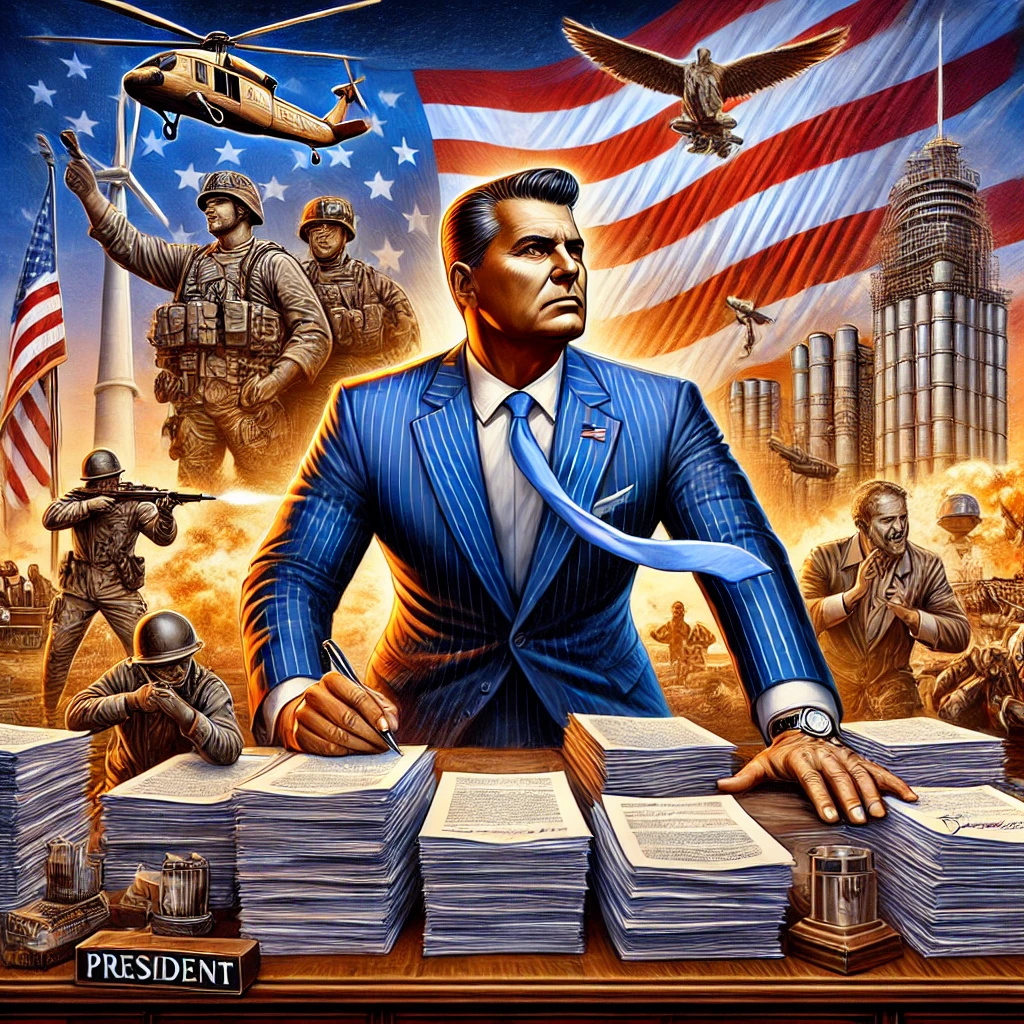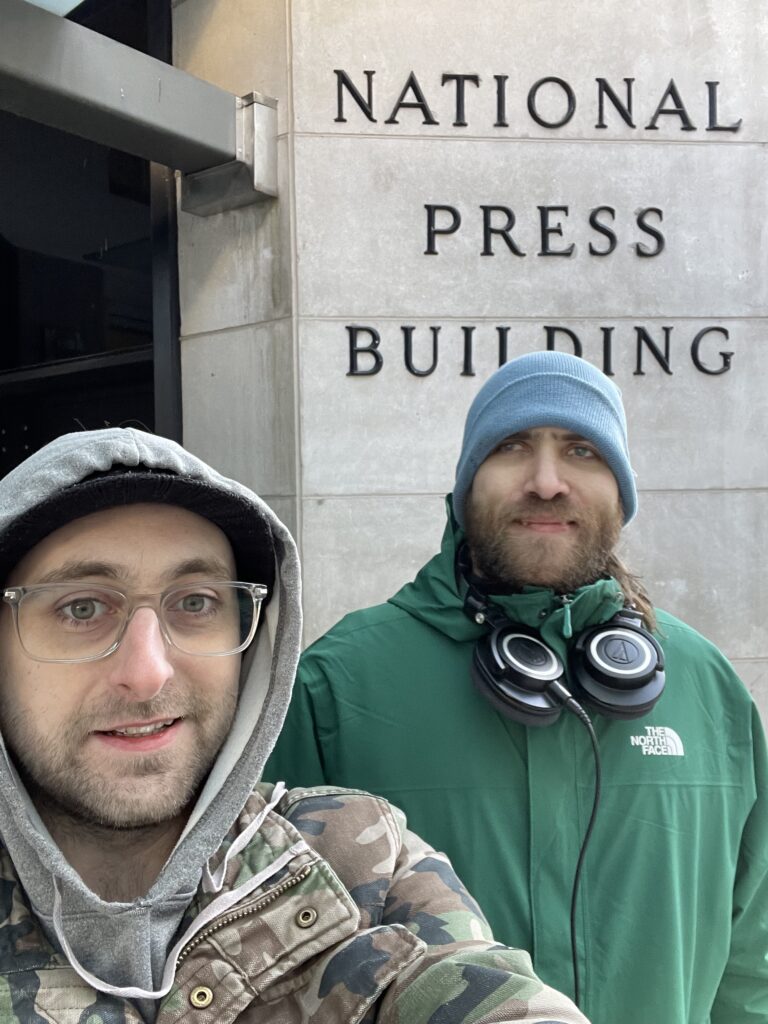Since 2014, Bankrate has conducted an annual emergency savings report, assessing how Americans handle unexpected financial expenses. The latest report, released on January 23, 2025, found that only 41% of Americans would rely on savings to cover a sudden $1,000 expense—such as an emergency room visit or a car repair. This marks a decline from 44% the previous year. The rest would turn to credit cards, personal loans, spending cuts, or borrowing from family and friends.
Even more concerning, as of May 2024, 27% of U.S. adults have no emergency savings at all—the highest percentage since 2020. This is one of the most alarming statistics I’ve come across lately.
Living Paycheck to Paycheck: A Widespread Problem
Emergencies are inevitable, yet many people fail to prepare for them financially. As a result, when an unexpected expense arises, they often resort to high-interest debt, which can quickly spiral into an unmanageable financial burden. This cycle keeps people stuck, living paycheck to paycheck, unable to build financial security.
In the Bankrate report, Senior Economic Analyst Mark Hamrick stated:
“We are essentially a paycheck-to-paycheck nation. Fewer Americans have the equivalent of a financial safety net to cover inevitable unexpected expenses, despite low unemployment and steady growth.”
Hamrick is right. Many Americans live paycheck to paycheck—not necessarily due to a lack of income, but due to poor financial habits. The U.S. economy thrives on consumption, constantly encouraging people to spend rather than save. At the same time, many Americans aren’t taught how to manage money, leading to mindless spending and financial stress.
This issue doesn’t just affect low-income households. A 2022 study by LendingClub and PYMNTS found that 51% of consumers earning more than $100,000 annually still live paycheck to paycheck. This proves that earning more money alone doesn’t solve financial struggles—how you manage your money matters more.
Breaking Free from the Paycheck-to-Paycheck Cycle
For most people, the only way out of this cycle is to make better financial choices. Money is a tool, and learning how to use it wisely is essential for stability and growth.
As we move through 2025, I encourage everyone to set a goal of financial security. While terms like “financial freedom” and “financial independence” are popular in personal finance discussions, I believe most people should first aim to be financially secure. There is tremendous peace of mind in knowing that a financial emergency won’t derail your life.
You don’t need to overhaul your entire lifestyle overnight—small, intentional choices can make a significant impact.
- Pack your lunch instead of ordering food, and put the money saved toward an emergency fund or debt repayment.
- Cancel unused subscriptions and redirect that money into savings.
- Automate small deposits into a savings account to build an emergency fund over time.
Making these small sacrifices may seem difficult, but life itself is hard—and doing hard things often leads to great rewards. Even Jesus taught the power of sacrifice, and financial sacrifices, whether small or large, can have a lasting positive impact on your life.
Start today. Your future self will thank you.
Even more concerning, as of May 2024, 27% of U.S. adults have no emergency savings at all—the highest percentage since 2020. This is one of the most alarming statistics I’ve come across lately.
Living Paycheck to Paycheck: A Widespread Problem
Emergencies are inevitable, yet many people fail to prepare for them financially. As a result, when an unexpected expense arises, they often resort to high-interest debt, which can quickly spiral into an unmanageable financial burden. This cycle keeps people stuck, living paycheck to paycheck, unable to build financial security.
In the Bankrate report, Senior Economic Analyst Mark Hamrick stated:
“We are essentially a paycheck-to-paycheck nation. Fewer Americans have the equivalent of a financial safety net to cover inevitable unexpected expenses, despite low unemployment and steady growth.”
Hamrick is right. Many Americans live paycheck to paycheck—not necessarily due to a lack of income, but due to poor financial habits. The U.S. economy thrives on consumption, constantly encouraging people to spend rather than save. At the same time, many Americans aren’t taught how to manage money, leading to mindless spending and financial stress.
This issue doesn’t just affect low-income households. A [2022 study by LendingClub and PYMNTS found that 51% of consumers earning more than $100,000 annually still live paycheck to paycheck. This proves that earning more money alone doesn’t solve financial struggles—how you manage your money matters more.
Breaking Free from the Paycheck-to-Paycheck Cycle
For most people, the only way out of this cycle is to make better financial choices. Money is a tool, and learning how to use it wisely is essential for stability and growth.
As we move through 2025, I encourage everyone to set a goal of financial security. While terms like “financial freedom” and “financial independence” are popular in personal finance discussions, I believe most people should first aim to be financially secure. There is tremendous peace of mind in knowing that a financial emergency won’t derail your life.
You don’t need to overhaul your entire lifestyle overnight—small, intentional choices can make a significant impact.
- Pack your lunch instead of ordering food, and put the money saved toward an emergency fund or debt repayment.
- Cancel unused subscriptions and redirect that money into savings.
- Automate small deposits into a savings account to build an emergency fund over time.
Making these small sacrifices may seem difficult, but life itself is hard—and doing hard things often leads to great rewards. Even Jesus taught the power of sacrifice, and financial sacrifices, whether small or large, can have a lasting positive impact on your life.
Start today. Your future self will thank you.

